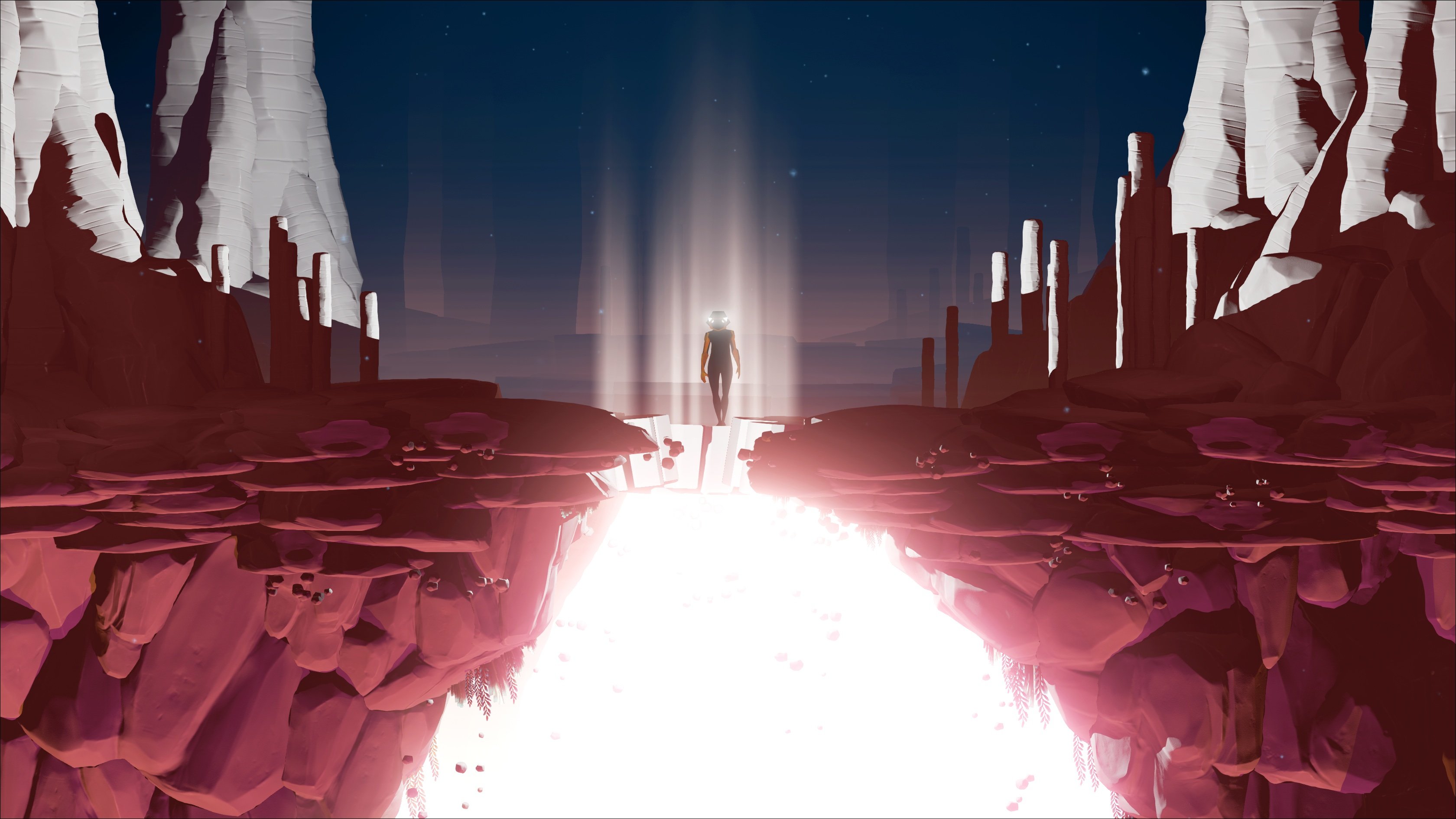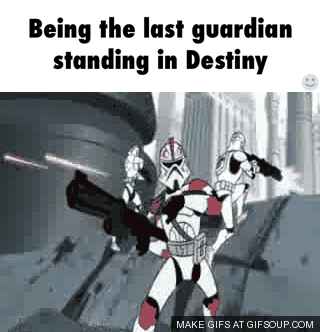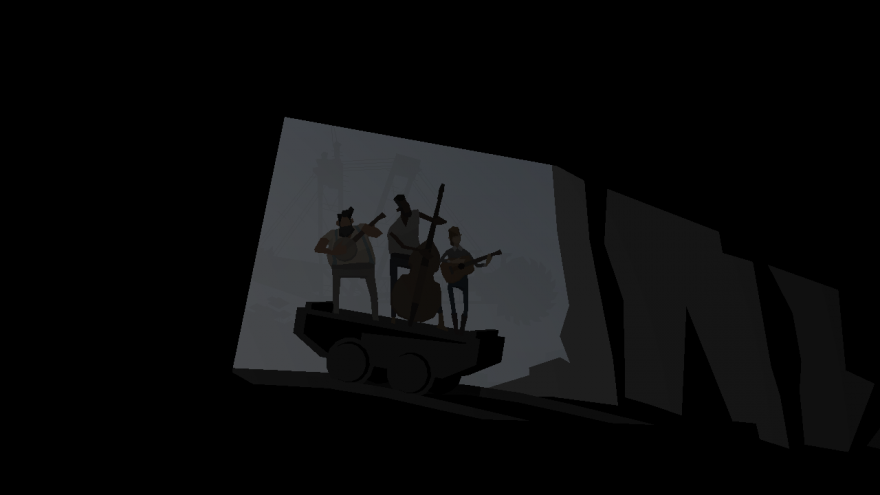
And Here Is The End
“End? No, the journey doesn’t end here.”
And the journey never ends for us. There are always new paths to take, new people that we include on our journey, and new ideas that change our resolve. I must say that this past semester has rocked every notion of education I have had before to its very core. For the first time ever I look at the new trend of ‘fanfiction’ as an avenue for expression, or that video games can truly change the world. I’ve never felt so sure about something I’ve believed in ever before until I took this class. For the first time, in a long time, I saw realization flash in someone’s eyes as I explained video game theory. In those moments I hushed realizing that I had changed someone’s views and strengthened my resolve in what I believed in. It was a semester of reading and breaking down things that changed everything I thought or understood about education.
I would start with Szwed but I’ll be honest when I say he wasn’t the one that changed my mind about education. In reality I would start with Deborah Brandt whose writing about sponsors changed everything about what access was to me. Voices and ideas now exist in an environment with the ability of total lock down (bills like SOPA and PIPA). This is where my views began to change as from then on my views of what literacy was changed drastically. It was furthered by the Ted talk and writings of Jane McGonigal whose voice and strength makes me believe this message of video games and how they can change the world, has ground.
The course itself had many aspects that I loved. This here, the blogs, was probably one of the most interesting things to do as an English major. At first I was confused because I was always so used to writing essays that writing blogs seemed so foreign to me, but as the semester continued forward I found them to be really enjoyable as areas of venting or reflecting about the reading. It just felt far more personal than just writing an essay. We were able to put our voices in these instead of just playing by the rules of a professor and learning how to play the game. This felt like building up from our own ideas and our own forms of structure.
I also really loved the group projects and how they operated as a form of test taking for us, yet were able to inherit the identity of masters of the subject we are studying by presenting it in front of others. This takes into account video game theory and identity when a student takes on the role of something else. In this case we are learning far more because we had to create these points of learning instead of being given points of learning to regurgitate like tests. I really enjoyed these as a new way to express what we had learned.
And so, here we are. Half a year later, many sleepless nights, too many gallons of coffee and energy drinks (that can’t be good for my health) and here we are. I would be lying if I didn’t say I hadn’t learned a lot. Honestly this has been the most hectic, fast-forwarding, exhausting, sleepless, years I’ve ever had. It has been a year, to be honest, of some nights thinking about giving up or just doing nothing, but this has been an incredible experience. It’s a year I would never give up for any other and its one that will be a staple in my life.





 Website:
Website: